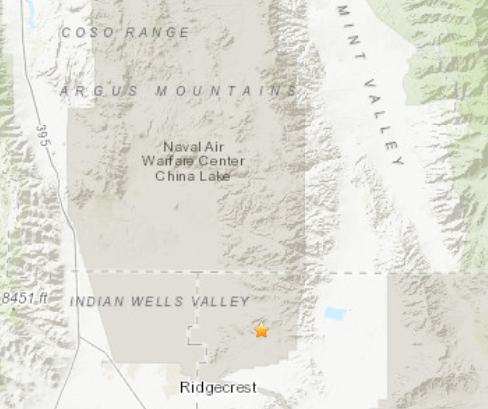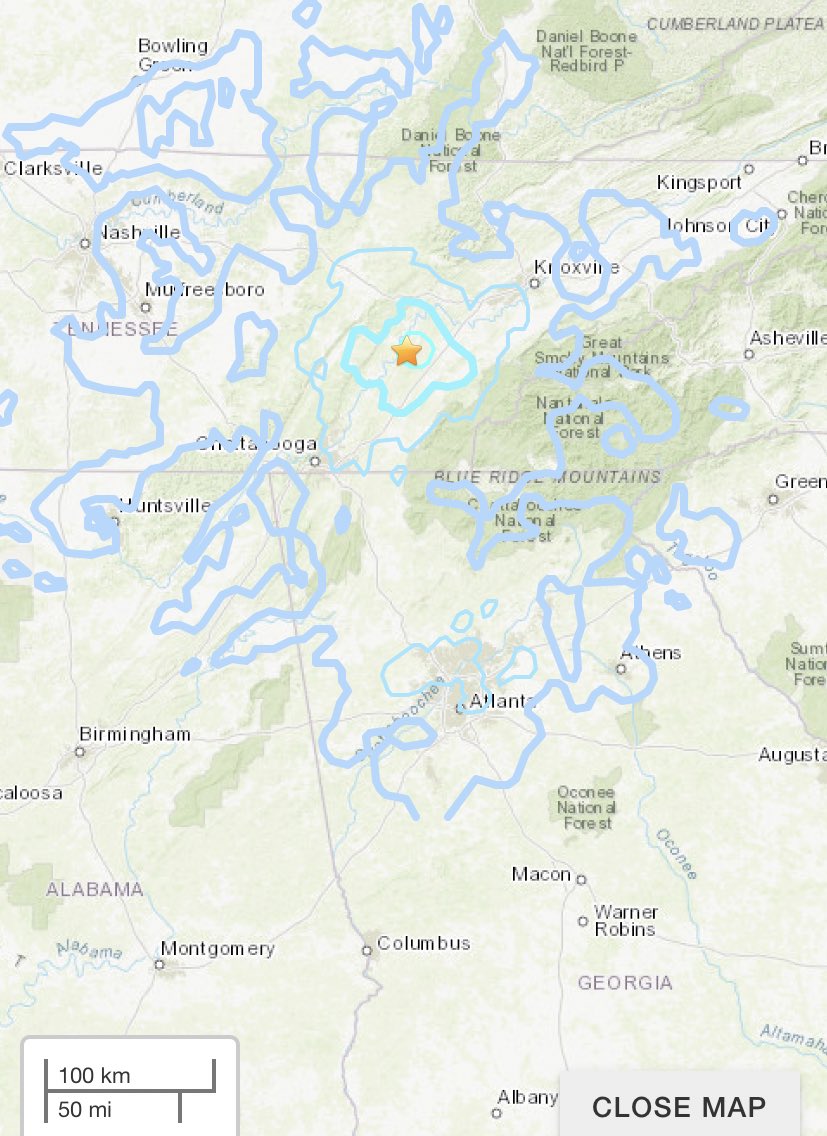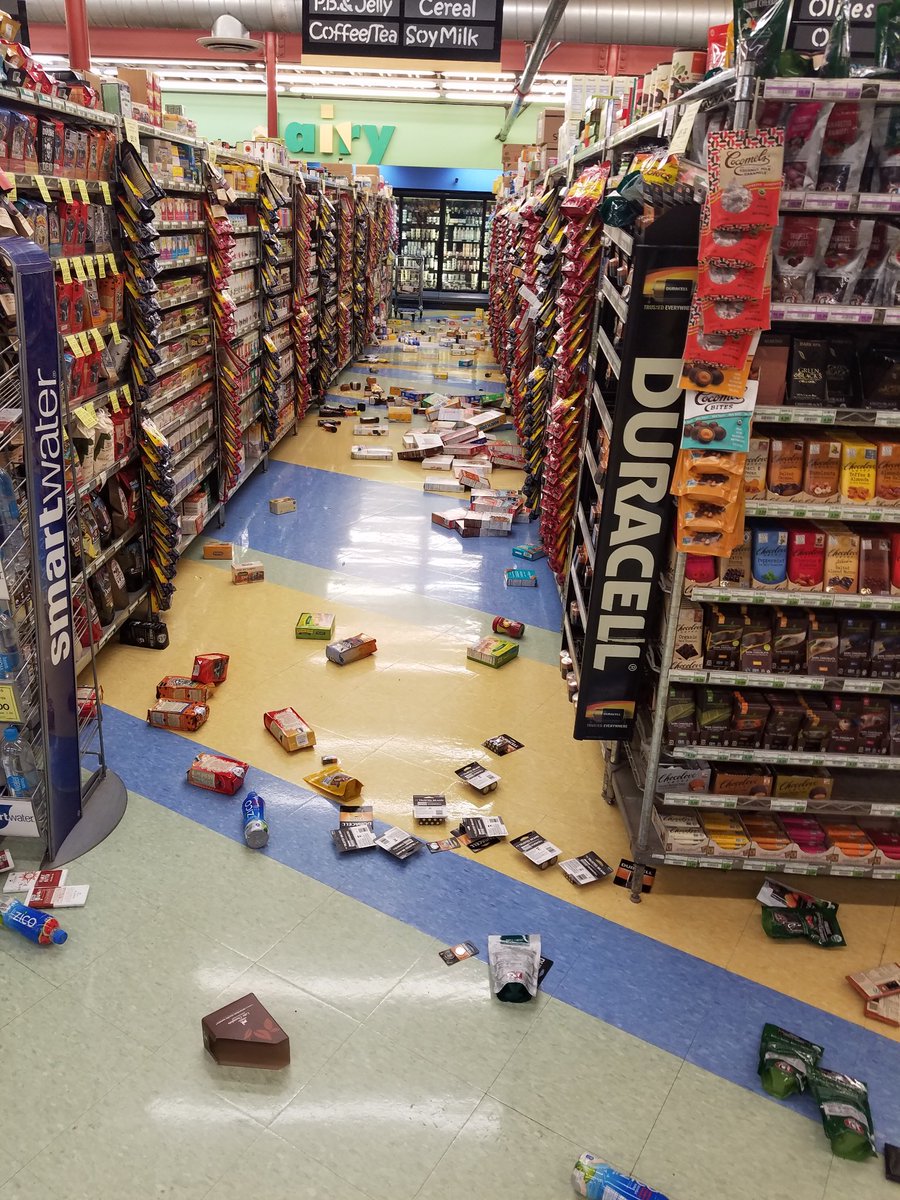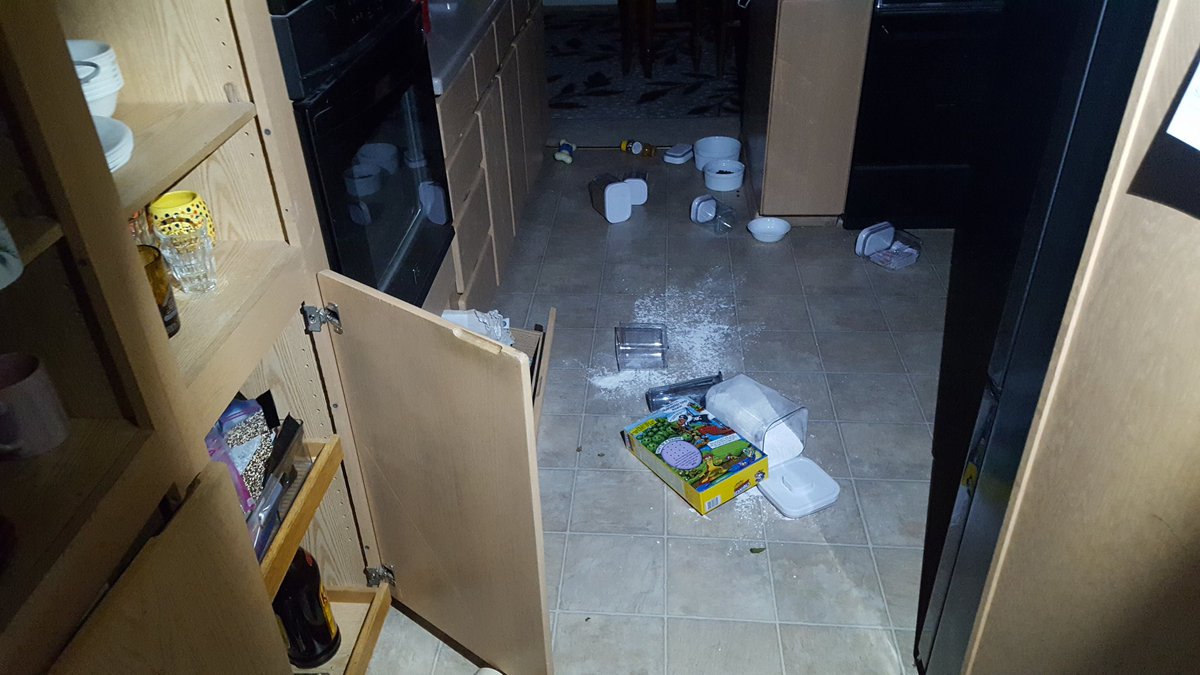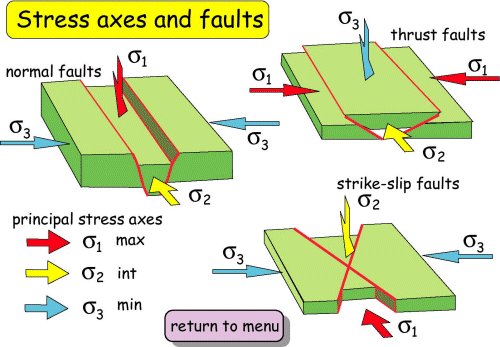So you just had a significant earthquake. That's not fun.
earthquake.usgs.gov/earthquakes/ev…
You might get aftershocks. Please remember to Drop! (or Lock!), Cover! & Hold on! until shaking finishes.
Please fill out a Did You Feel It? report:
earthquake.usgs.gov/earthquakes/ev…
It's NOT the same faults or seismic stress field (this is too far away to be an aftershock from Utah), but the same concept of sliding blocks under tension.
Yellowstone is at activity level green. Everything is normal. It's not gearing up to kill us in the near future.
See? volcanoes.usgs.gov/observatories/…
Currently this is reported as M6.5, but it's normal for that number to change as more data comes in & we get a breather to do full math & analysis.
Intensity changes with distance (more nearby), surface geology (loose wet sediment wobbles more than rock), even building structure (wood sways more than concrete; short vs tall swaying frequency).
We want those Did You Feel It? reports to understand how earthquakes are experienced in different circumstances so we can make better hazard maps & reduce risk.
Idaho's earthquakes are usually on normal faults: tension pulling apart leads to a block slipping down.
Today looks more like strike-slip (side-to-side) motion.
Part of the problem is nearly all cities are built on sediments.
📷 USGS (usgs.gov/natural-hazard… & usgs.gov/media/images/2…)
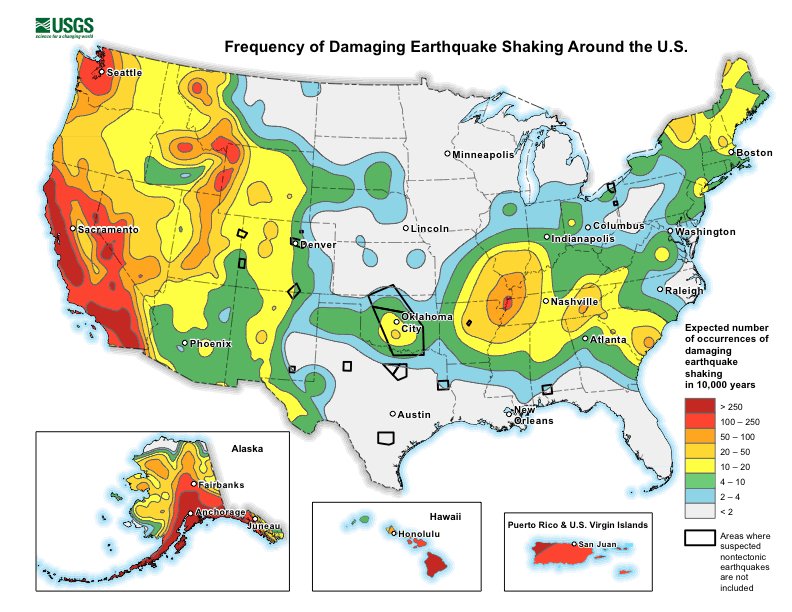
Aftershocks are scary because you don't know when the shaking will happen, so you're in high anxiety all the time.
Remember to Drop! (or Lock!), Cover!, and Hold on! Trying to outrun an earthquake will get you hurt.

I think of it like a pile of puppies . One fidgets, smacking the next. Most of the time, they slowly calm down, but sometimes someone smacks a nose & sets them off again.
Geoscience twitter is here to help soothe your nerves about uncertainty.
And if you need direct action? Here's universally applicable and doable RIGHT NOW disaster prep:
Gluing it back together for navigation:
tl;dr You're incredibly likely to get 4-790 M3 or smaller earthquakes that feel like a truck passing. You're less likely to get more M4+ but it's possible.
A: It's really not.
This earthquake is in the Central Idaho Seismic Zone. It has nothing in common with the Yellowstone seismic system.
And it's home to most of the bigger historical quakes: idahogeology.org/historical-ear…
Ever scoot back & forth in a bathtub, making a bigger & bigger wave? Same concept of constructive interference as earthquake shakes at pool's resonance frequency.
That liquefaction process happens when earthquakes shake saturated sediments like river valleys. I'd expect at least some somewhere in Idaho.
NZ 2011:
A M6+ event is a significant quake that can cause death & damage if it happens directly under a city. But this quake was far enough away to be scary but (hopefully) not deadly.
earthquake.usgs.gov/earthquakes/ev… & earthquake.usgs.gov/earthquakes/ev…
Alas, Shake Creek is named for being the origin of cutting shake bolts (short logs that were destined to be split into basic wooden shingles) for Oxford Ranger Station.
Details: npshistory.com/publications/u…
A: Nope, you're just paying attention.
We detect ~500,000 earthquakes a year, of which 20,000 are big enough for people to notice. We have 1-2,000 M5+ quakes yearly, or a few every day!
Details: usgs.gov/natural-hazard…
A: Earthquake magnitude is roughly proportional to the amount of fault that moved (fault rupture length). They only influence roughly 2-3x that distance.
The Earth is big. Like, really big.
Idaho & Utah are like 500 miles apart!
This changes none of the concepts or interpretation
📷 Smith et al 2004; @IdahoStateU (geology.isu.edu/Digital_Geolog…)
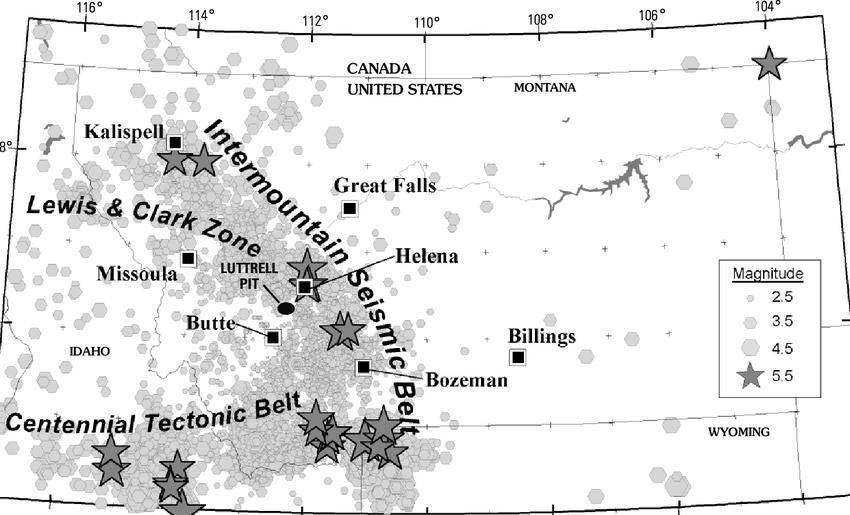
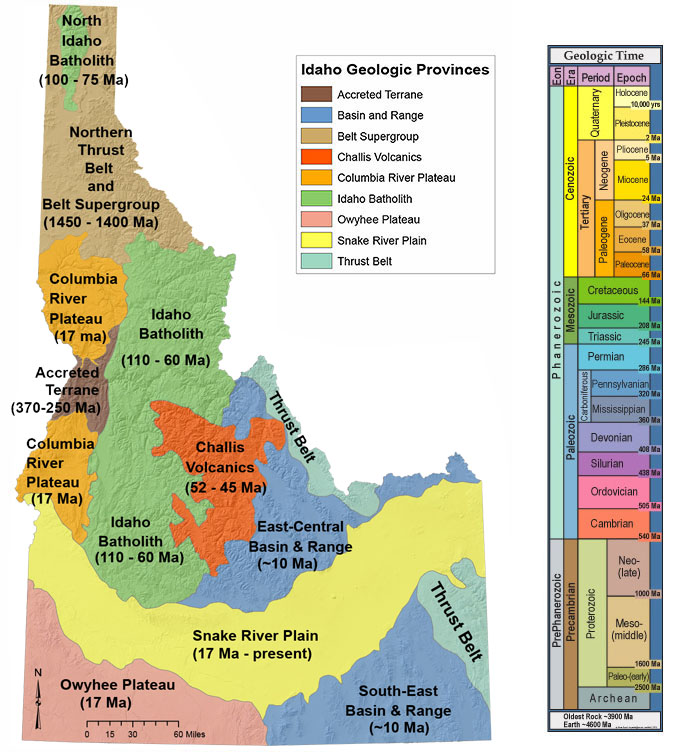
Look at all those faults having absolutely nothing to do with Yellowstone!
That’s challenging Because Pandemic, but also snow & (quake-triggered??) avalanches.
A: Eh. How many people are stuck bored at home with absolutely fried nerves paying attention to ANY changes?
The pandemic has us in a state of hypervigilance & eager to take action. Like filling out forms.
A: Nope. Explosions & earthquakes have distinctly different seismic signatures.
We’re VERY good at tracking explosions & cavern collapses from monitoring secret weapon testing.
Earthquake art. The sand was smooth then the earthquake displaced the pendulum.
(I can't fact-check that this is true, but it's plausible.)



